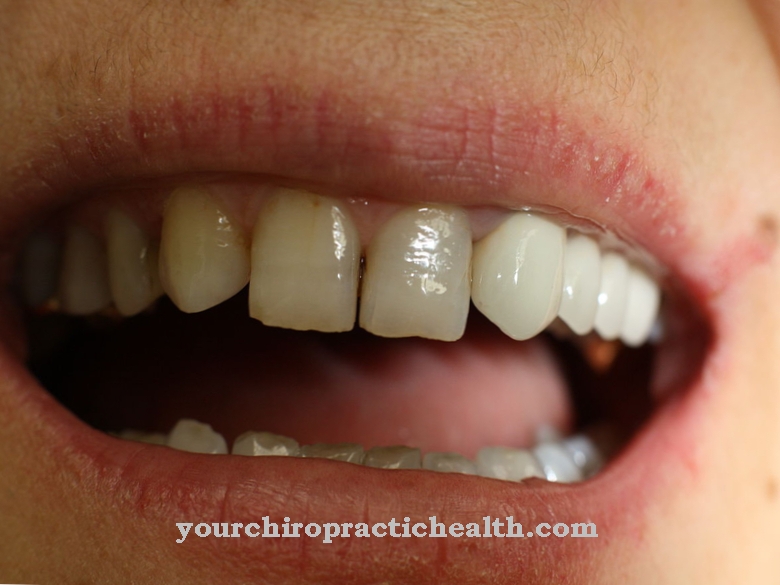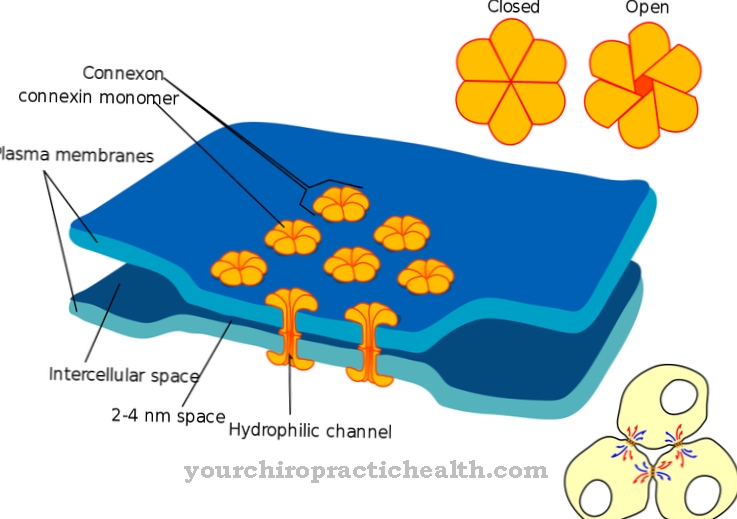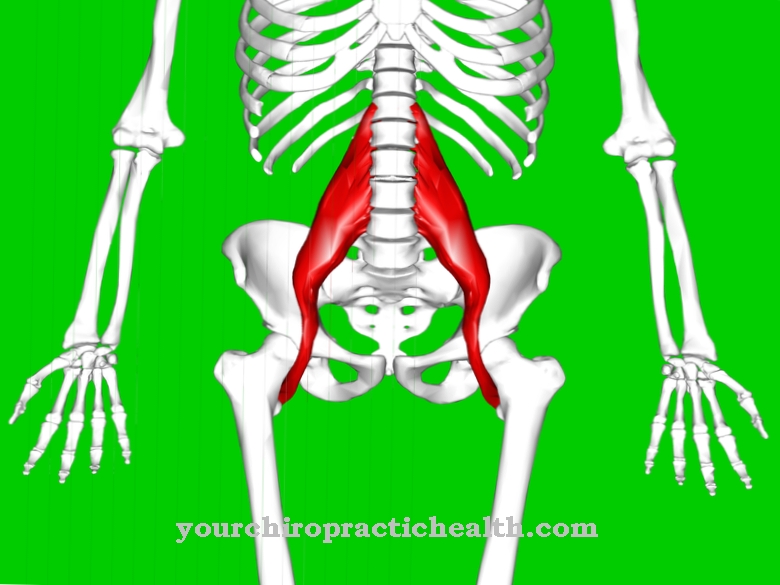The Oral mucosa lines the oral cavity as a protective layer. Different diseases and chronic stimuli can lead to changes in the oral mucosa.
What is the oral mucosa?
As Oral mucosa is the term used for the layer of mucous membrane (tunica mucosa) that lines the oral cavity (cavum oris) and consists of a multilayered, partially keratinized squamous epithelium.
Depending on the function and structure, a distinction is made between lining, masticatory (relating to the chewing process or mastication) and specialized oral mucosa. In a healthy state, the oral mucosa has a pink surface.
Various impairments of the oral mucosa lead to changes in structure and surface quality, which can be clinically very heterogeneous.
Anatomy, composition & structure
The Oral mucosa Depending on its function and structure, it can be divided into a lining, masticatory and specialized mucous membrane layer.
The 0.1 to 0.5 millimeter thick lining layer of the oral mucosa consists of uncornified squamous epithelium. This proportionately largest oral mucous membrane layer does not contain any keratin-containing epithelial cells. It lines the velum palatinum (soft palate), the underside of the tongue, the processes of the alveoli (tooth sockets) and the floor and vestibule of the mouth. In the oral vestibule, the oral mucosa also forms a deep fold, while it merges into the gingiva (gums) at the alveolar processes.
The masticatory layer of the oral mucosa is about 0.25 millimeters thick, consists of cornified squamous epithelium and can also be divided into a stratum basale (basal layer), stratum spinosum (prickle cell layer), stratum granulosum (granule cell layer) and a stratum corneum (horny cell layer) .
The masticatory layer of the mucous membrane is located on the palatum durum (hard palate) and in the gingival area. The specialized oral mucosa lines the back of the tongue and consists of a calloused squamous epithelium in which so-called papillae, wart-like elevations that function as taste buds, are embedded.
Function & tasks
The Oral mucosa initially serves to line and delimit the oral cavity. In addition, it fulfills several functions, on which the specific structure of the oral mucosa depends.
The three types of mucous membrane of the oral mucosa each fulfill their specific function. The part of the oral mucosa that covers the gums and palate is thick and very horny as it is exposed to heavy loads during the chewing process. The oral mucosa, which lines the underside of the tongue, the floor and vestibule, cheeks and lips, is characterized by its elasticity and is not horny.
In addition, sensory receptors are embedded in the oral mucous membrane, which control pain, tactile and temperature sensations. In particular, the specialized mucosal layer of the oral mucosa contains wart-like elevations, the so-called papillae, which are located on the back of the tongue and serve as taste buds for the perception of taste.
The oral mucosa is also responsible for the defense against pathogens and contains glands that participate in the production and secretion of saliva. Among other things, saliva is involved in the pre-digestion of carbohydrates, protects the oral mucosa from mechanical or bacteriological influences and neutralizes toxins.
Illnesses, ailments & disorders
Diseases of the Oral mucosa can manifest as a result of local processes (injuries, infections), superordinate dermatoses (skin diseases) or as a result of an underlying systemic disease.
Chemical or physical stimuli and / or viral or bacterial infectious agents can lead to inflammatory changes in the oral mucosa (stomatitis). These can cause simple reddening of the affected area, blistering, ulceration or abscesses. The most common causes of structural changes or wounds in the oral mucosa include cold sores, mouth ulcers (aphthae) and fungal diseases such as thrush (candidiasis).
The frequently occurring aphthae (about 5 to 21 percent of the total population) are small, whitish to yellowish swellings or blisters, which cause painful inflammation of the oral mucosa and are surrounded by a reddish ring. Cold sores (cold sores), which are often confused with aphthae, are characterized by an accumulation of painful blisters in the area of the lips that are filled with fluid. In addition, the oral mucosa can be damaged by a fungal infection with Candida albicans (candidiasis or oral thrush), which manifests itself in yellow-whitish to reddish areas on the mucous membrane.
In addition, changes in the oral mucosa such as leukoplakia (hyperkeratosis, white callous disease), which appear as white spots that cannot be wiped off, can manifest themselves. These represent the most common premalignant changes in the oral mucosa and are considered to be precancerous lesions, since they are associated with an increased risk of the manifestation of squamous cell carcinoma. Chronic stimuli such as long-term nicotine consumption can also cause cornification disorders of the oral mucosa (leucoedema, smoker's leukokeratosis).



























